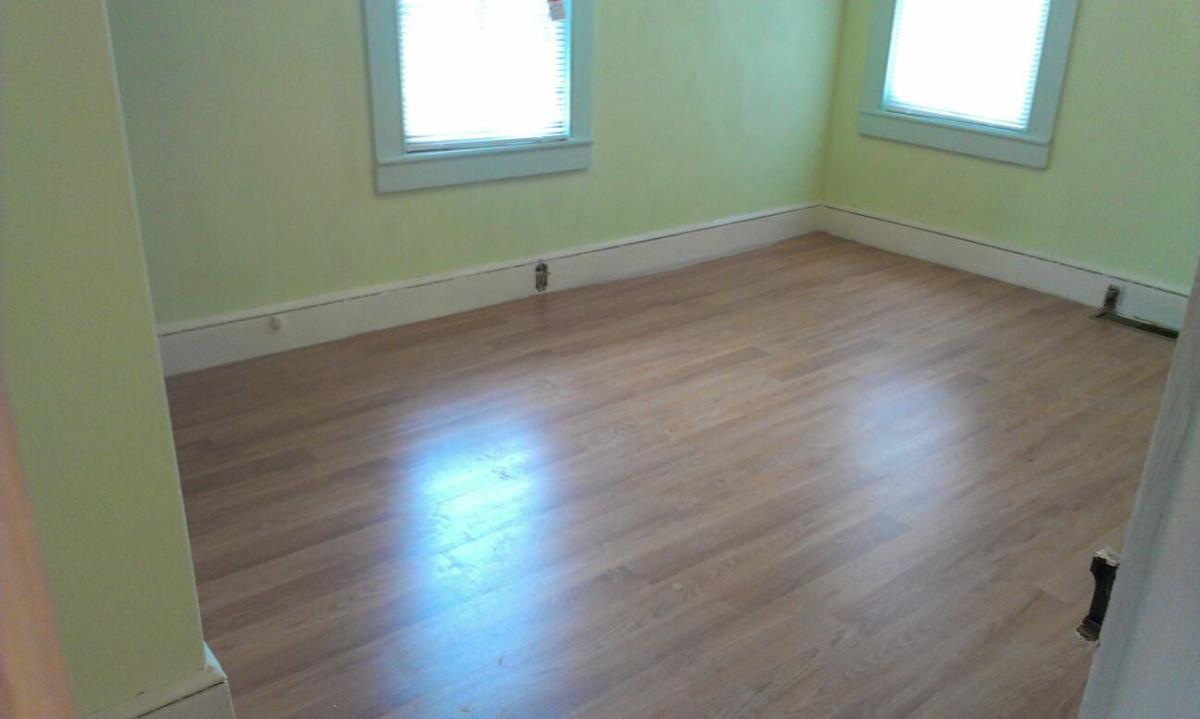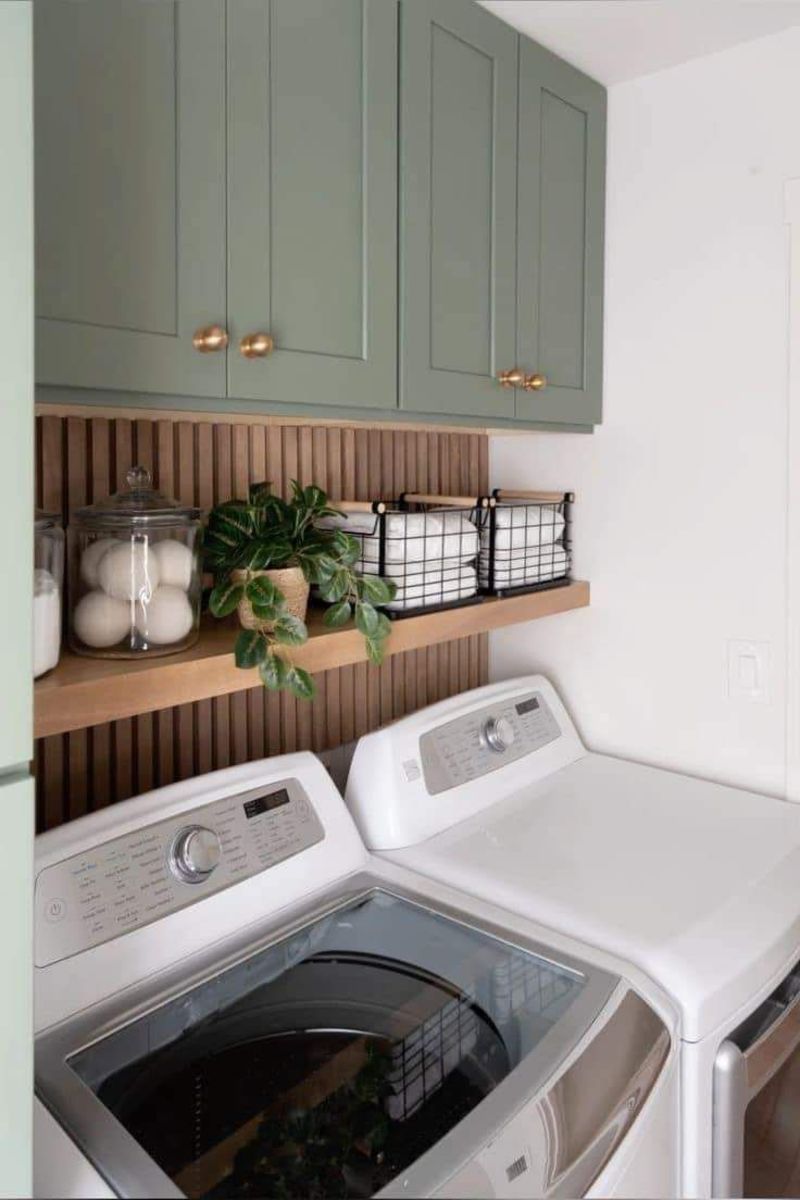- HubPages»
- Home and Garden»
- Home Decorating»
- Interior Design & Decor
Cork Underlayment - Best Choice For the Environment
Cork Underlayment - Best Prices
Cork vs Foam Underlayment
If you are installing hardwood, bamboo, coconut or laminate flooring you are going to need underlayment. Underlayment or underlay performs three important roles. Firstly, it rectifies the minor imperfections of the subfloor. Secondly, it helps to deaden the sound of footsteps on the flooring; and thirdly, to very slightly soften the feel of the flooring when it is walked on. The most environmentally friendly choice for underlayment is cork since it is the only option of underlayment that doesn’t use foam made from petrochemical processes.
Cork has been used for underlayment for many years. It is only recently with the boom in the foam industry that foam underlayment has become more widely used. Foam can do a good job as underlayment but it is a carbon intensive material since it is made from chemicals extracted during oil refinement. The process is also polluting. And finally, foam like plastic cannot be easily recycled and usually ends up in a landfill site when it is thrown out.
In contrast cork is a renewable resource that comes from the bark of the cork oak. It is a great green material because the bark of the cork oak can be removed without damaging the tree. The cork oak grows back its bark in only nine years. With every re-growth of the bark the quality of the cork improves. Also cork can easily be recycled. Unlike foam, cork biodegrades and doesn’t pollute.
Advantages of Cork Underlayment
Not only does cork make great flooring it also makes great underlayment
for a variety of flooring types. The reason why cork makes good
underlayment is that it is a flexible and strong material that nicely
corrects any imperfections in the sub-floor.
Also cork is made of many millions of tiny cells that trap air. These
cells give cork an elastic quality that softens the feel of the hardwood
flooring above (ever so slightly). The honeycomb structure of cork also
makes cork underlayment excellent at absorbing the sound of people
walking on the floor. Cork underlayment is ideal for upstairs flooring
where the sound of people walking around can irritate people living
downstairs.
Furthermore, the tiny pockets of air in cork trap heat and provide a
small R-value to the flooring. In other words cork underlayment helps to
insulate a room and in combination with other insulating measures can
help to reduce heating costs.
Unlike foam cork naturally breathes and so does not trap moisture
between the underlayment and the flooring. Cork is also mildew and water
resistant. These qualities help protect the flooring. It is
recommended, however, that you lay down a 6mm plastic moisture barrier
if the underlayment is used on a concrete subfloor, especially a
basement subfloor.
Another advantage of cork underlayment is that cork contains a waxy
substance called suberin that makes cork antibacterial and anti-fungal.
In combination with a good anti-allergenic flooring type such as strand
woven bamboo flooring cork underlayment is ideal for allergy and asthma
sufferers.
Closing Words
Cork underlayment can be used for carpet, tiles, hardwood and laminate flooring. It is suitable for floating installations as well as glue down and stapling installations. Cork underlayment may cost slightly more than foam underlayment but this extra cost gives you environmentally friendly underlayment that cannot be beat for quality, sound reduction and strength.
More Sustainable Flooring Hubs and Sites
- Sustainable Flooring and Green Interior Design
Sustainable flooring is very relevant to green interior design and in particular cork flooring is of great relevance to green interior design. - Cherry Trees and Reclaimed Cherry Flooring
The Cherry belongs to the Prunus genus which is a genus with over 430 species that include the peach, the almond and the apricot tree. - Bamboo Culture in Asia
The origin of the word bamboo is clouded in uncertainty. All we know for certain is that the word first appeared in English in the Sixteenth Century and was brought from Asia by the Portuguese. - About Cork Bark and Cork Flooring
Cork has been used since ancient times. It is an incredibly versatile material that man has been using for millennia. As far back as 2500 BC the ancient Egyptians were using cork for fishing floats. - Reclaimed Maple Flooring - A Review
Maple belongs to the Aceraceae family. It grows between 10 and 45 meters in height (30-145 ft) and is often planted as an ornamental tree. The maple is of course famous because of the syrup that can be made from it. - About Coconut Flooring
Coconut flooring is a great example of sustainable flooring because it is made from a renewable resource. This makes coconut flooring more environmentally friendly than hardwood flooring. - Review of Reclaimed Black Locust and Jatoba Flooring
The great thing about reclaimed hardwood flooring is that you can feel good about wood again. You no longer have to purchase hardwood with a bad conscience because you know that what you are doing is bad for the environment. - Bamboo is one of the Answers
Bamboo is strong, flexible and hard. It feels like a timber when it is towering above our heads but it is in fact a grass. It is the fastest growing grass on the planet. - Why You Should Buy Reclaimed Oak Flooring
Oak trees are become rarer and rarer. Because trees of the quercus genus are so useful, beautiful and strong they are too prized. Oak trees are being rapidly depleted around the world because oak is such a popular timber. - A Comparison between Strand Woven Bamboo Flooring and Cork Flooring
Both strand woven bamboo flooring and cork flooring are sustainable flooring types because they are made from renewable resources. This post will compare these two types of flooring. - A Comparison between Strand Woven Bamboo Flooring and Coconut Flooring
Strand woven bamboo flooring and coconut flooring are both made from renewable resources and so both are examples of sustainable flooring. These two types of environmentally friendly flooring share several characteristics - Cleaning Cork Flooring
It is important to remember when you are cleaning cork flooring that you must not let water stand on the floor. - Review of Reclaimed Ash Flooring
The ash tree or fraxinus is in the same genus or family as olive and lilac trees. Ash timber is popular because it has a distinctive light color, a long grain and it has an elastic quality. - The Cultural Significance of Trees
Trees endure for not decades but centuries and sometimes millennia. The pine called Prometheus in Nevada has endured for 5,000 years. Sarv-e-Abarkooh in Iran has stood for 4,000 years. - Why You Should Buy Reclaimed Hardwood Flooring
One and a half acres of rain forest are lost every second. That is, to put it mildly, an unsustainable rate of consumption of the planets most necessary species of flora. - Do You Need To Buy a Humidifier or Dehumidifier To Protect Your Flooring
Many articles giving advice on ideal levels for humidity for hardwood and strand woven bamboo flooring are misleading because they don't explain the science properly. - Reclaimed Hardwood Flooring
Reclaimed hardwood flooring is made from disused and abandoned hardwood. It is often cheaper than new hardwood flooring. It is strong and durable and an ideal alternative to traditional new hardwood flooring. - Coconut Flooring
Coconut palms take only 5 to 6 years to reach maturity. Coconut flooring is a strong and durable alternative to hardwood flooring. Coconut flooring has all the benefits of hardwood flooring but it is environmentally friendly. - All About Floors | About Environmentally friendly flooring
A blog all about sustainable flooring. - Cork Flooring Guide
The Cork Flooring Guide gives information about the best cork flooring to buy online with lots of extra information about the benefits, maintenance and installation of cork flooring. - Strand woven bamboo flooring
Strand woven bamboo flooring is a strong and durable alternative to hardwood flooring. It is 50% cheaper than hardwood flooring and is easy to install. Bamboo is a renewable resource and it is more environmentally friendly than hardwood flooring.









